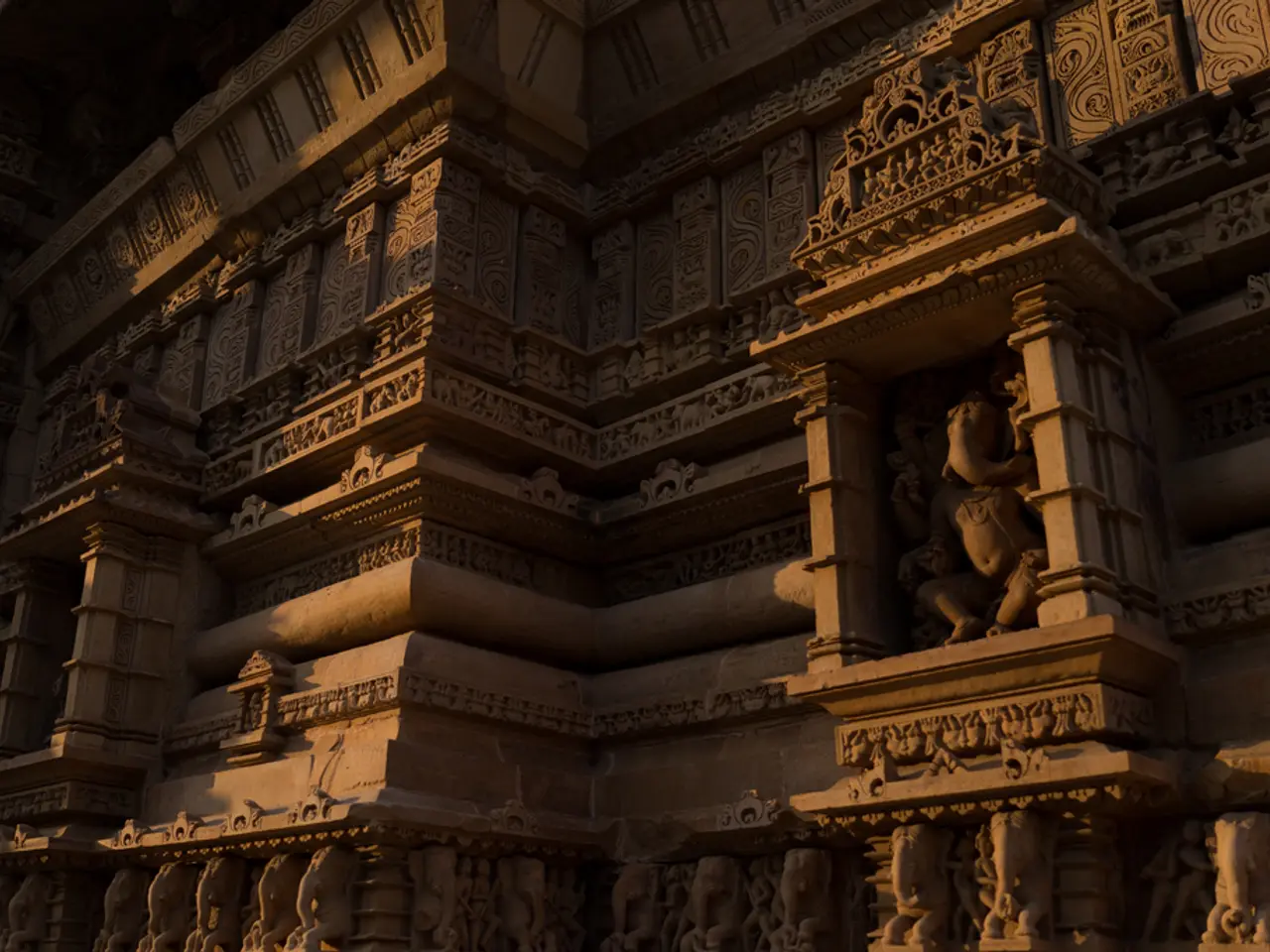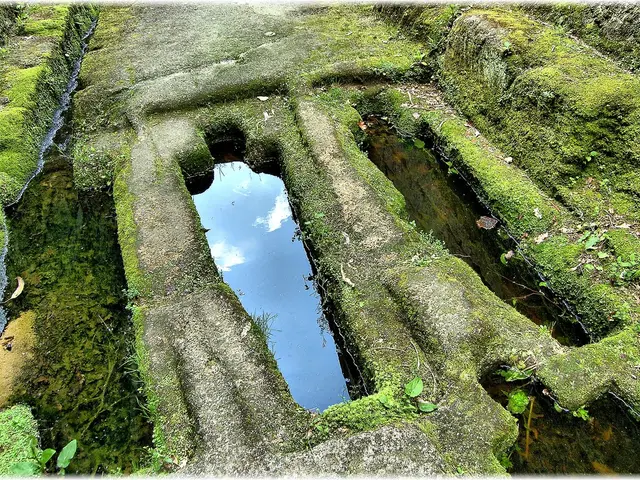Exploring the Enduring Impact of Pioneering Female Architects in Post-Independent India
In the vibrant and dynamic world of Indian architecture, a new generation of architects is making their mark, challenging gender norms, and redefining the nation's urban landscape.
At the helm of this change is Sandhya Naidu Janardhan, Managing Director of Community Design Agency, who focuses on community-led designs, as seen in the Sanjaynagar Slum Redevelopment Project. Her work embodies the spirit of collaboration and inclusivity, values that are at the heart of her approach.
The roots of Indian architecture stretch back to pre-independence times, showcasing a fusion of Mughal, Persian, Islamic, and indigenous elements. This rich heritage continues to inspire contemporary architects like Anupama Kundoo, whose architectural philosophy centres on the concept of "making buildings matter." Kundoo's work often involves the fusion of traditional building techniques with contemporary technologies, creating structures that resonate with the past while looking towards the future.
A cohort of pioneering women architects emerged in post-independence India, including figures like Sheila Sri Prakash, Brinda Somaya, Revathi Kamath, and Eulie Chowdhury. Despite facing challenges, these women made significant strides in the field, addressing gender biases in hiring practices, promoting equal pay for equal work, and creating work-life balance policies.
One such trailblazer is Revathi Kamath, who, in addition to her significant contributions as an architect, also dedicated time to educating young minds as a faculty member in the School of Planning and Architecture, Delhi. Kamath played a pivotal role in popularising mud architecture during the 1990s and sparked a change in how architecture is perceived and discussed in society.
Another notable figure is Aishwarya Tipnis, renowned for her expertise in architectural conservation, restoration, and the adaptive reuse of heritage structures. Her work serves as a testament to the importance of preserving India's rich architectural heritage.
Didi Contractor, an iconic figure in Indian architecture, championed eco-friendly construction techniques and celebrated the integration of local materials and traditions. Her work is a reminder of the importance of sustainability in architecture.
Women architects like Sonali Rastogi, Asha Sairam, Pravina Mehta, and Abha Narain Lambah continue to push the boundaries of what is possible in Indian architecture. Rastogi's philosophy is deeply rooted in sustainability, contextuality, and innovation, and her recent project, the Surat Diamond Bourse, has garnered significant attention.
Sairam's design for Masti, Dubai, exemplifies how women designers are shaping the future of Indian aesthetics on a global stage by blending brand identity, food, and ambience. Mehta addressed housing disparities by promoting egalitarian values in her Navi Mumbai Urban planning. Lambah is renowned for restoring India's UNESCO World Heritage Sites and incorporating traditional craftsmanship with modern technology.
However, despite their significant contributions, women architects have been overlooked in India's architectural history. The Council of Architecture in India reports that out of over 58,000 registered architects, women comprise only 44%, with a mere 0.72% actively practicing in architectural firms and design studios.
In a recent exhibit at Biennale, Delhi, it was revealed that 60% of students in architecture schools are women, yet there are only 20% of women among practicing architects. This disparity underscores the need for continued efforts to address gender biases and promote gender equality in the architectural profession.
Initiatives like the WADe Asia Women in Design Architecture Award, established in 2016, specifically celebrate the accomplishments of women in the field and document their growing influence. The award serves as a testament to the strides made by women architects and the impact they are having on Indian urban development.
Khwaja Fatmi's Community Spaces in Rohingya Refugee Response offers practical support through a facility for women's handmade products and community support centres, creating a safe cyclone-resistant space for women and girls. This project serves as a reminder of the potential impact that women architects can have on society.
In the face of challenges, women architects continue to make their mark on India's urban landscape, blending tradition and modernity, sustainability and innovation, and cultural heritage with contemporary practices. Their work is a testament to their resilience, creativity, and dedication to shaping a better future for all.
Read also:
- Understanding Hemorrhagic Gastroenteritis: Key Facts
- Stopping Osteoporosis Treatment: Timeline Considerations
- Tobacco industry's suggested changes on a legislative modification are disregarded by health journalists
- Expanded Community Health Involvement by CK Birla Hospitals, Jaipur, Maintained Through Consistent Outreach Programs Across Rajasthan






